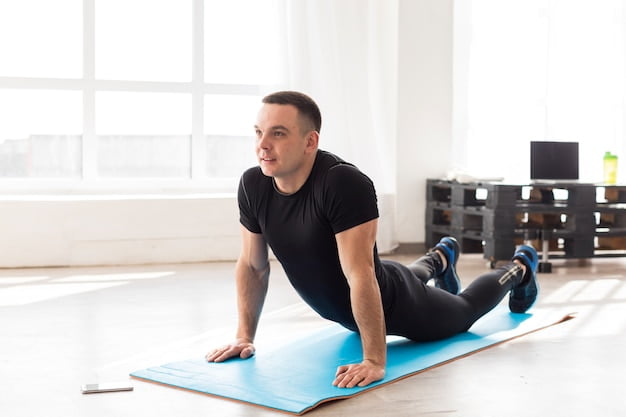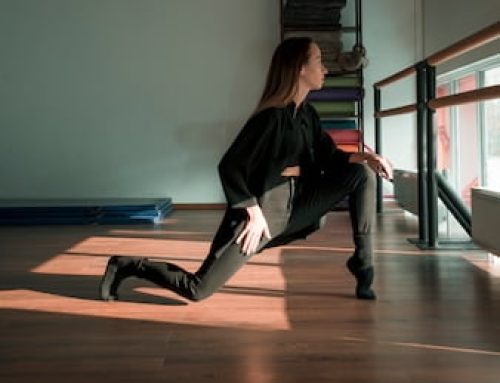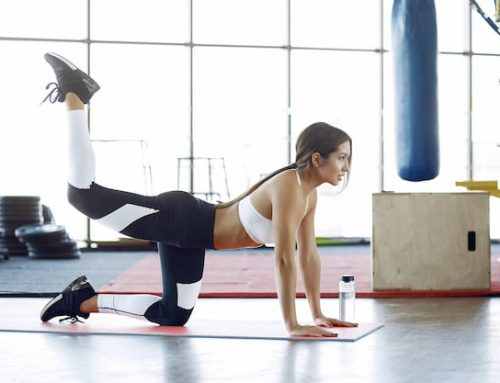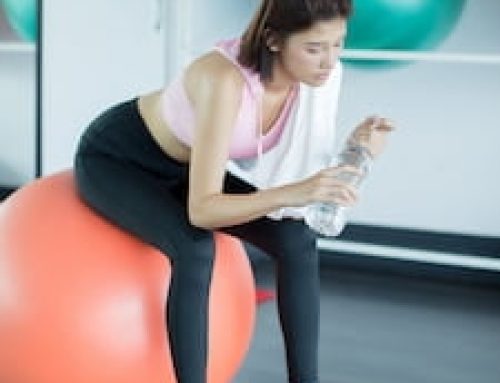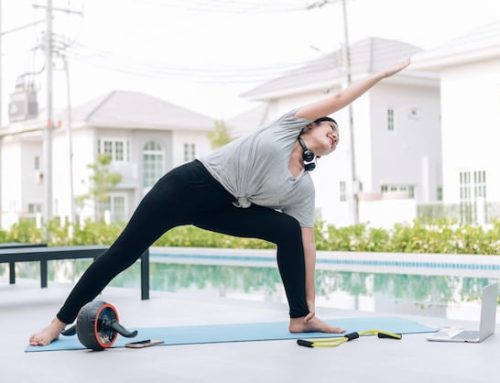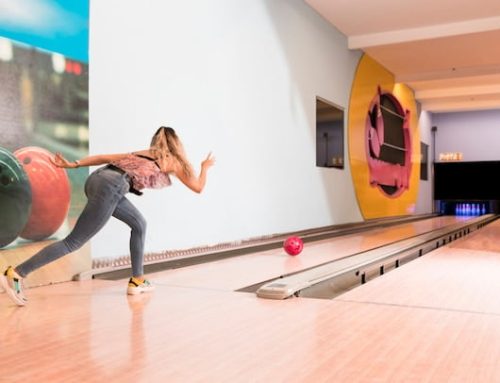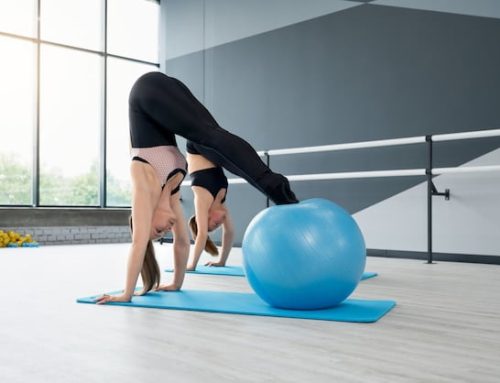Introduction
Balance board training is an excellent way to improve balance and stability, which is essential in many sports, as well as in everyday life. Many people confuse balance boards with wobble boards, but they are different in terms of design and functionality. In this article, we will discuss the differences between balance boards and wobble boards and how they affect your training routine.
What is a balance board?
A balance board is a device that has a flat surface and a curved bottom. It is designed to improve balance by forcing the user to maintain an unstable position while standing on it. The board’s curved bottom creates a rocking motion that requires the user to engage their core muscles and adjust their body position to maintain balance. Balance boards come in various shapes, sizes, and materials, including wood, plastic, and foam.
What is a wobble board?
A wobble board, also known as a rocker board, is similar to a balance board in terms of design, but it has a round bottom instead of a curved one. The board’s round bottom creates a more challenging and unpredictable movement that requires the user to engage their core muscles, legs, and feet to maintain balance. Wobble boards are commonly used in rehabilitation to improve ankle strength, balance, and stability, but they are also suitable for athletes and fitness enthusiasts.
Differences between a balance board and a wobble board
Here’s a table that shows the main differences between balance boards and wobble boards:
| Balance board | Wobble board | |
|---|---|---|
| Design | Curved bottom | Round bottom |
| Movement | Rocking motion | Unpredictable motion |
| Difficulty | Less challenging | More challenging |
| Targeted muscles | Core muscles | Legs, feet, and ankle muscles |
Benefits of balance board training
Balance board training offers a range of benefits, including:
– Improving balance and stability
– Strengthening core muscles
– Increasing proprioception (the ability to sense body position and movement)
– Reducing the risk of falls and injuries
– Enhancing athletic performance
– Offering a low-impact workout option
How to use a balance board
Using a balance board is relatively simple. Here are the basic steps:
1. Stand on the board with both feet, parallel to each other, and shoulder-width apart.
2. Engage your core muscles and adjust your body position to maintain balance.
3. Keep your eyes fixed on a spot in front of you to help with balance.
4. Start by holding the position for a few seconds, then gradually increase the time.
5. Experiment with different foot positions to target different muscles and challenge your balance.
It’s essential to start with a stable and straightforward board and gradually progress to more challenging ones as you gain strength and balance.
How to use a wobble board
Using a wobble board is similar to using a balance board, but the movement is more unpredictable. Here are some tips to help you use a wobble board:
1. Start by standing on the board with both feet, parallel to each other, and shoulder-width apart.
2. Engage your core muscles and adjust your body position to maintain balance.
3. Try to keep the board level while shifting your weight from side to side.
4. Gradually increase the range of motion and the intensity of the movement.
5. Experiment with different foot positions to target different muscles and challenge your balance.
It’s essential to start with a stable and straightforward wobble board and gradually progress to more challenging ones as you gain strength and balance.
Conclusion
Balance board training and wobble board training are both excellent ways to improve balance and stability, but they offer slightly different movement patterns and muscle activation. It’s important to choose the right tool for your needs and goals and to start with a stable and straightforward board or wobble board and gradually progress to more challenging ones as you gain strength and balance. Remember to engage your core muscles, adjust your body position, and challenge yourself to achieve optimal results.
